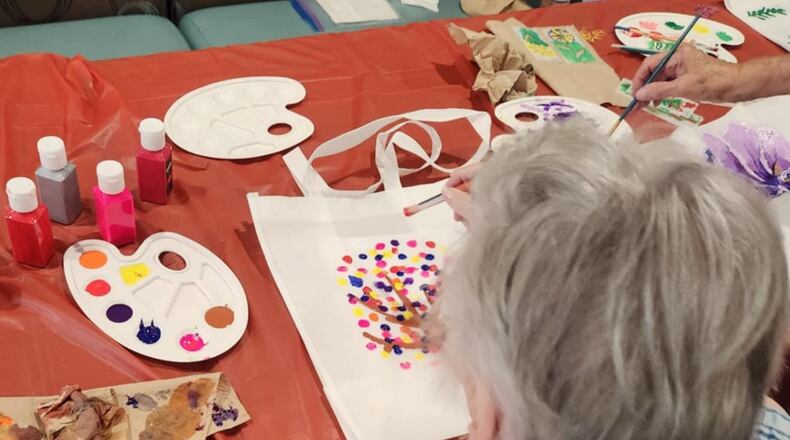“You can literally change the direction of this disease,” Patel said.
Vascular dementia is the second most common type of dementia behind Alzheimer’s, accounting for about 20% of all cases.
It occurs due to damage to blood vessels in the brain, often caused by strokes or other conditions that reduce blood flow and oxygen to brain cells, doctors say.
Symptoms vary but often start with problems in thinking speed, planning, judgment and concentration. Unlike Alzheimer’s dementia, which progresses slowly over time, the effects of vascular dementia can be sudden.
Vascular dementia can be treated with medication and surgery, Patel said, but can also be prevented entirely.
Simple lifestyle choices are the key, he said, and the earlier a person starts, the better.
Avoid smoking, limit alcohol intake, watch cholesterol levels and exercise are among those healthy habits people can take up, according to Patel.
Patel is seeing a growing number of patients asking how to protect their cognitive health as they get older, he said, reflecting a national trend as the U.S. population grows older.
The U.S. median age — the midpoint of the age distribution range currently — reached 39.1 years in 2024, according to the U.S. Census Bureau, the oldest ever. Dayton has a median age of 38.4 years.
About 12.4% of Montgomery County residents 65 or older have Alzheimer’s dementia, outpacing the state estimate of 11.3%, according to the Alzheimer’s Association.
Keeping mental faculties strong for as long as possible comes down to working the mind.
“I think the key is staying active,” Patel said. “It’s OK to relax, but you still want your mental acuity there.”
Amanda Smith is the activities director for the Traditions of Beavercreek, a senior living facility that offers specialized care for residents living with dementia.
Their staff uses a combination of one-on-one and group activities to keep their residents’ engaged and their minds active.
Jigsaw puzzles, crosswords, Sudoku, reading, spot-the-difference games and cards are routinely played at the facility.
But it’s the larger events that Smith said have the most impact, especially those involving food.
“We find that group activities work best,” Smith said. “The more we can get in a group the better because they’re not stressed.”
Residents are most engaged during restaurant outings and communal style lunches, she said, where they can talk and interact with one another, sharing stories.
About the Author


